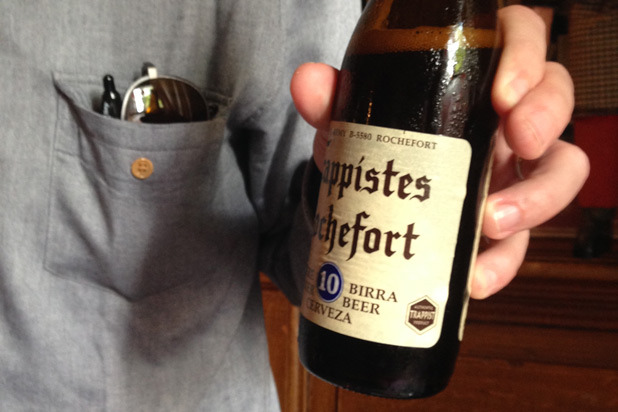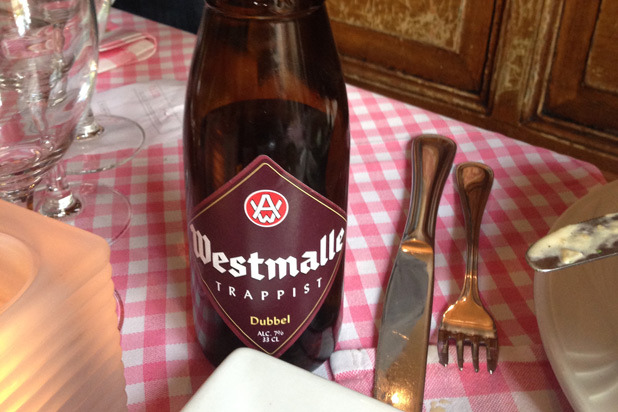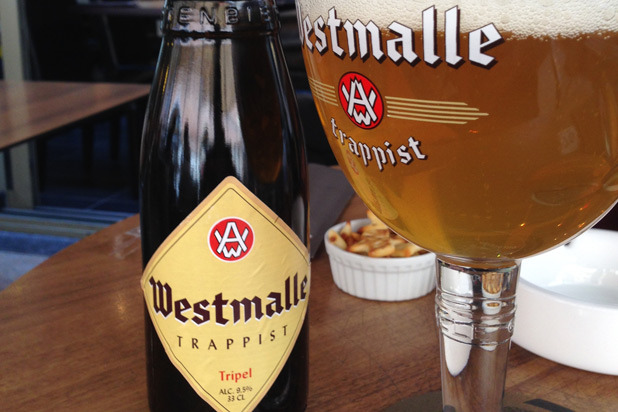Everything You Need To Know About Belgian Beer (Slideshow)
Trappist ales aren't a style of beer so much as a legal designation. As Keith explained, a Trappist brewery "has to be overseen by a Trappist monk. They're not in a business to make money. They're in business to give jobs to people, to help the community, and the profits are almost always used for philanthropic work in the community." Westmalle, Chimay, and Orval are among the seven Trappist breweries in Belgium.
Abbey Ales
To call a something an "Abbey beer" is really to just acknowledge a brewery's marketing strategy. That said, there is a legal designation of "Certified Belgian Abbey Beer" to indicate a brew licensed under an existing or historical monastic abbey. Broadly, they tend to deal in the classic Trappist styles listed in the next three slides. Leffe is one certified abbey beer that's made it to America through the Stella Artois parent company, InBev.
Dubbel
Pioneered by the Westmalle Trappists, a Dubbel is a toasty, malty brown ale, moderately alcoholic, and boasting flavors of raisin, chocolate, and plum, or as Tom puts it, "Stooon Frooot." "Two things about that beer are really unique," says Keith. "First, they use Belgian candy sugar so it's alcoholic and light because of that sugar bite and body. It's not as heavy as you would think. Second is they use a special malt called Special B. It's a dark, dark crystal malt, as dark as you can get it without it being burnt."
Tripel
"When I lived here, this was my favorite beer," says Keith, referring to the Westmalle Tripel. "I would buy this by the case." A Tripel is a strong golden ale, usually above 8% ABV, and among the more hoppy beers available. Still, it's fruity, spicy, and dangerously drinkable, and may have been my favorite, as well.
Blond Ales
Often made with lager malts, this strong ale is what the Duvel brewery is best known for, one of the most popular bottled beers in Belgium. Delerium Tremens is another great example, named Best Beer in the World in 2008. Akin to a Tripel, these ales tend to be lighter in color, bitterer, and just as aromatic.
Witbier, Bière Blanche, or White Beer
His inspiration for Blue Moon's flagship beer, Keith tells us, "traditional Belgian white beers were brewed with coriander and Curaçao orange peel, and they were somewhat low-alcohol." He twisted his iconic recipe by using Valencia oranges, oats, and more alcohol, but the tradition still stands in Belgium. Hoegaarden is popular in the US, but try to track down some Wittekerke, Celis White, or Blanche de Flanders for a bona fide white beer experience.
Lambic
Unlike any beer you've ever had, lambics are dry, restoratively sour, and refreshing. Made using a spontaneous fermentation technique that relies on wild yeasts and bacteria naturally floating around in the air, and aged several years, lambic is the exact opposite of most beers made in sterile, laboratory conditions. The Cantillon brewery in Brussels forbids the clearing of cobwebs, as the spiders are natural predators to other creepy-crawlies that would contaminate their beer.
Gueuze
Gueuze is a blended lambic, combining several vintages of lambic into one brew. There is as much variation among lambics and Gueuze as there is among all other Belgian beer styles combined. Often vintaged, one Gueuze is very rarely like another. They can range from having funky barnyard and cheesy characteristics, to fruity, citrusy, and honey-like qualities.
Kriek
Kriek is a lambic brewed with sour cherries. Traditionally, Krieks are sour like Gueuze, but it's more common to find the artificially sweetened and flavored stuff out there — the neon red Kool-Aid masquerading as Kriek bier. Again, Cantillon makes the best and most authentic of those I tried, but good luck tracking it down over here in the States.
